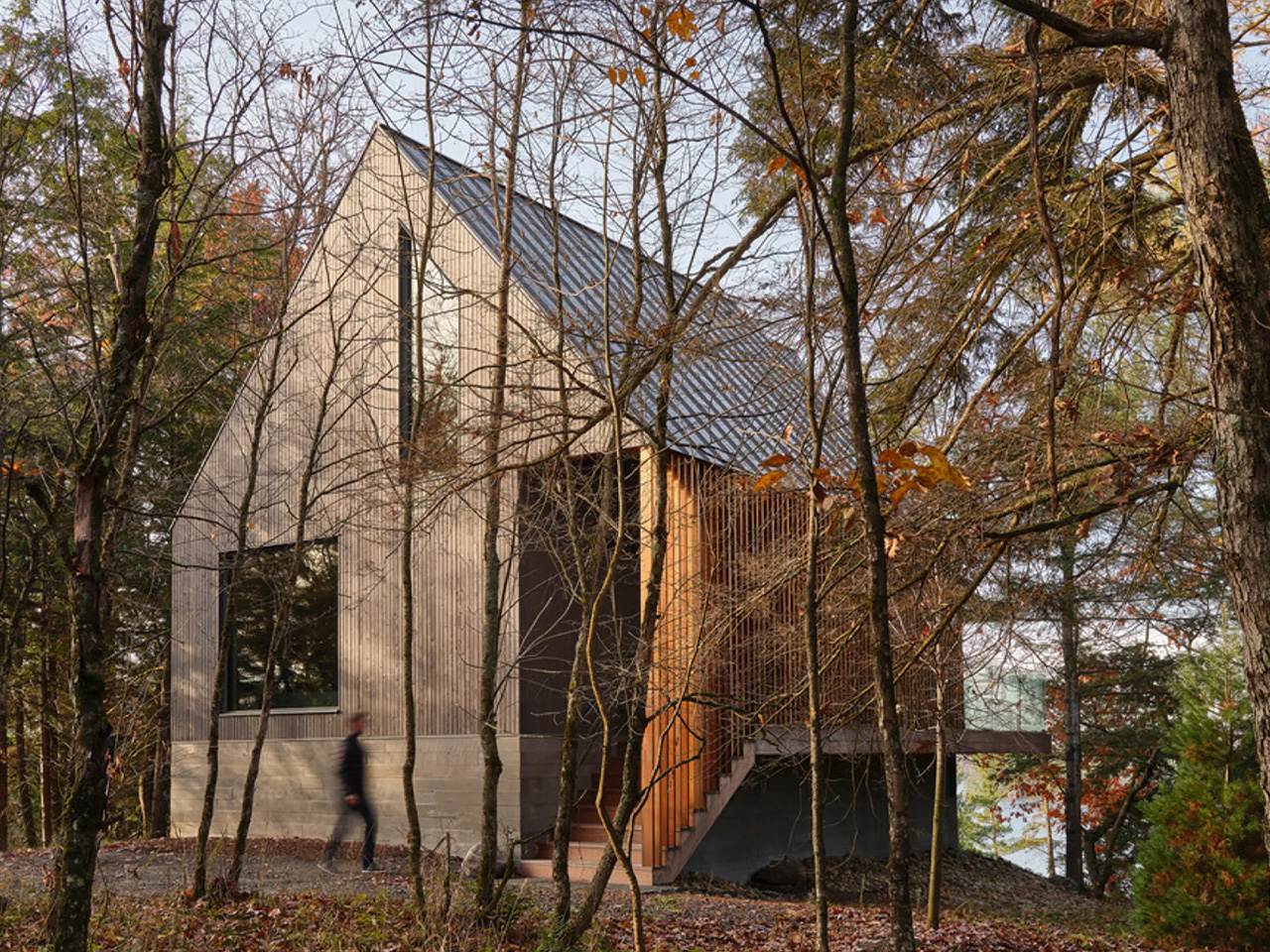When my wife and I decided to move back to Mitchell, where she was born and raised and where we both attended Dakota Wesleyan University, we had several priorities. One of them was, of course, finding a place to live, and we did that. We constructed a house on a nearly treeless lot just a couple miles outside of city limits.
Right away, we wanted to be completely surrounded by trees, so we turned to Marc Mebius for assistance. At the time, I distinctly recall Marc explaining that those who obtain treeless properties are often inclined to populate them with greenery. Conversely, those with trees galore often look at ways to immediately eradicate them .

.. not sure about the later, but I certainly wanted trees where there weren’t any.
And so, true to his words, I began a tree-planting spree. This was 18 years ago, and this summer marked the occasion of pruning numerous trees that had weathered several heavy snows and frequent visits from deer. The lower limbs of the pine trees had died, making it easy for weeds and grasses to grow beneath them, but also making it difficult to mow around the base.
Armed with a chainsaw recently fitted with a new blade, compliments of my father-in-law, I began the task. It was a chore that immediately raised memories of a similar undertaking over 30 years ago. During that time, my father (and I, due to being his son) enrolled in a Stewardship Program in the Black Hills.
The program had been aimed at assisting private forest landowners in actively managing their land to maintain its productivity and health. All it meant to me was that we had a lot of branches and trees to clean up; it meant work. That summer was a profound learning experience for me as I worked alongside my father, trimming and thinning acres of forest land.
I gained what turned out to be practical skills like carefully navigating the pickup backward into precarious spots along the rimrock edges of steep canyons. ADVERTISEMENT Notably more impressive before the era of backup cameras and bumpers outfitted with sonar. I must admit, my efforts weren’t flawless, and I added a small dent to the pickup's front fender.
An event that my father, to my dismay, quicky brushed off, and I suppose it was mostly due to the fact that he was the one guiding me in the rearview mirror. I also learned how to efficiently sharpen chainsaw blades, how to replace and clean saw parts, and the proficiency of felling trees. Above all, those months taught me how to begin working at a task that seems insurmountable, one that at first left me without any real inkling of where to begin.
And so, together, my dad and I started to work — one tree at a time. We trimmed and hauled countless loads of branches and trees, which later fueled a pretty epic bonfire during a snowy celebration. As I trimmed and shaped the trees last month, I became keenly aware of the passage of time.
Each tree shows off its years of growth as well as the scars from surviving storms and animal attacks. It mirrors our own journey as educators. The task of cultivating our students, though at times an overwhelming task because of its importance, and because the duty of such can greatly inspire health, productivity, and future growth.
The work of the educator becomes a necessary act of care and attention. Last month’s task reminded me of our responsibility to nurture and preserve our community. As I pruned and cleared, I felt a deep sense of gratitude — for the opportunity to learn alongside my father, for the chance to now work alongside my own son, and for the enduring beauty that results from diligent work.
Each cut improves the trees’ chances of success, reinforcing the timeless lessons of stewardship and the profound satisfaction of seeing efforts blossom over time. This reflection serving as a reminder for all of us, and especially our educators that are preparing their return to the classroom, that our work, much like tending to trees, is a continuous and rewarding process of growth and renewal..



















